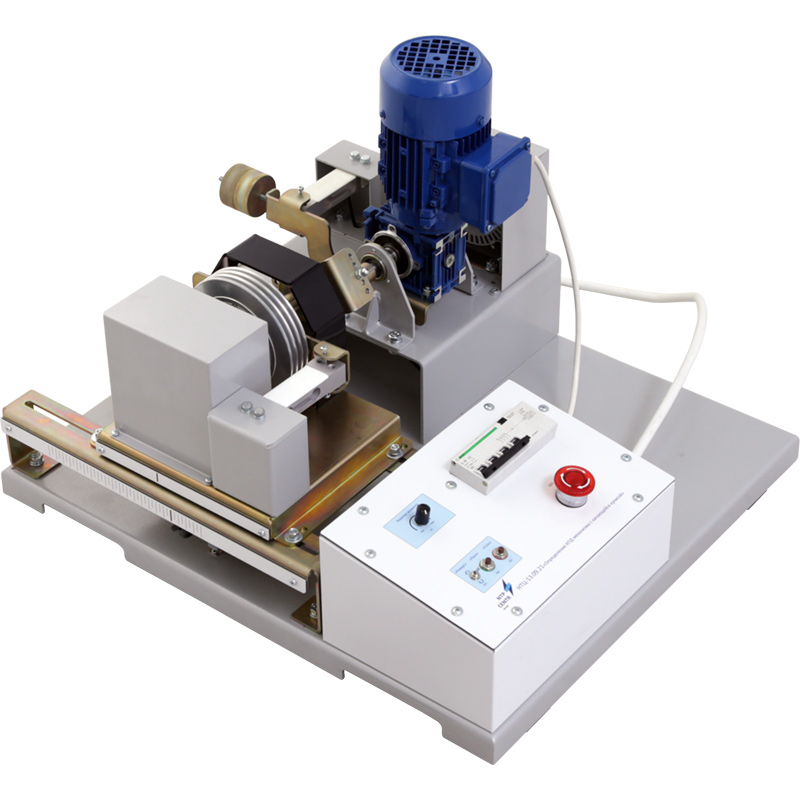NTC-13.09.21 “Determination of the efficiency of slotted link mechanism”
Br0.00
The training laboratory system is designed to determine the efficiency of a slotted link mechanism. Studying the operating modes of various types of mechanical systems helps to understand their functioning and application features. Parameters such as motion, forces, and torques in mechanisms with different drives and connections are analyzed. This experience contributes to developing practical skills in analyzing and operating mechanisms in mechanical engineering and technology.
*For additional information, you can contact us using the phone numbers or email provided on the website.
 Русский
Русский
